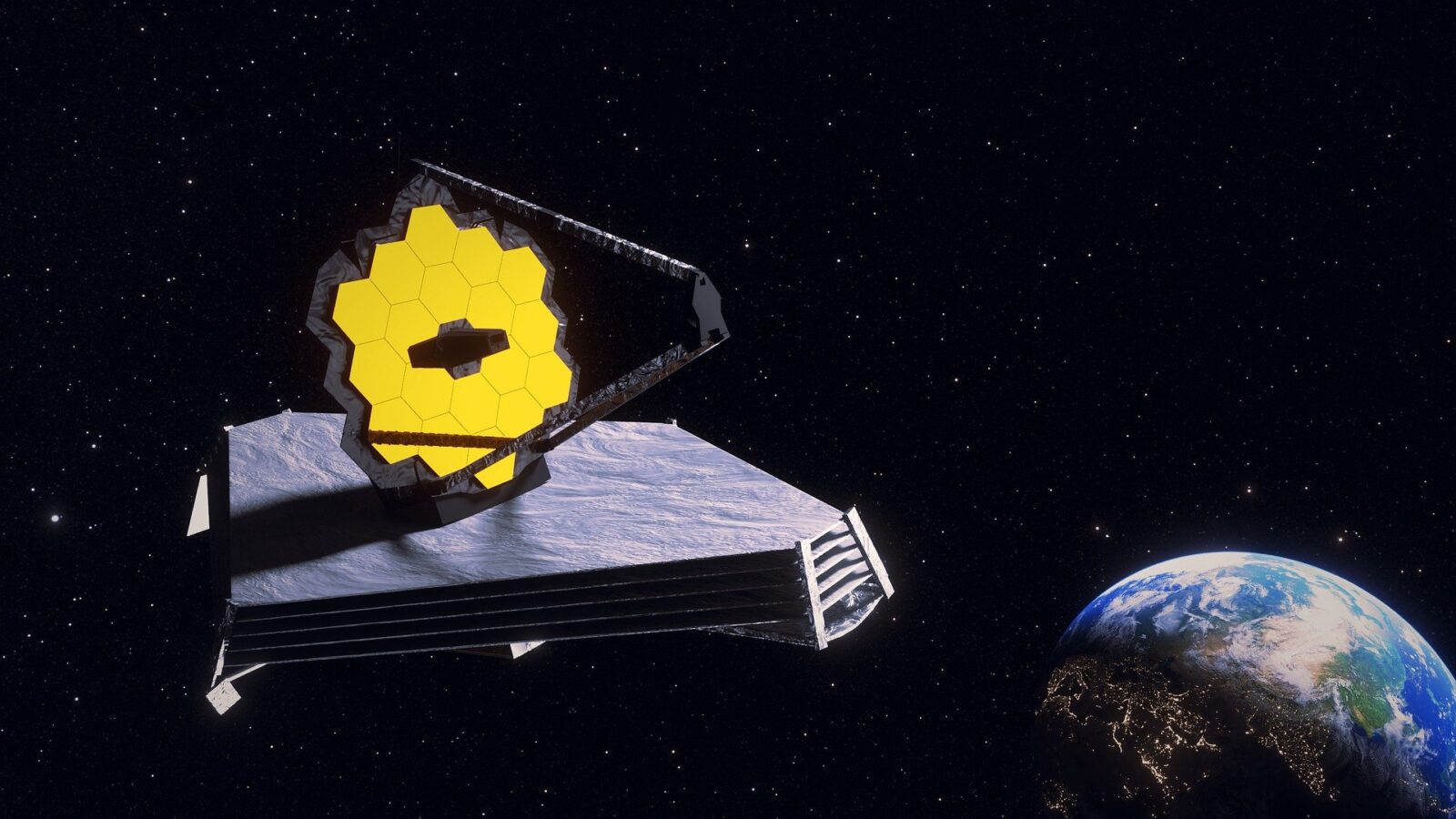In recent months, the James Webb Space Telescope has shown to be an outstanding success for NASA. The multibillion-dollar equipment is successfully “unfolding the cosmos” by exposing cosmic light beyond the range of human vision, and the astounding findings have inspired awe and wonder in even the most skeptic of stargazers.
One day, a blurry red dot became the subject of a Twitter frenzy because to this gold-plated telescope. For forty-eight hours, observers all across the globe marveled at a galaxy that appeared soon after the beginning of time. It seems that mankind is united over stardust because of the technical brilliance of the JWST.
In spite of our natural tendency to be awestruck by scientific breakthroughs, researchers at MIT insist that we should pause to contemplate one important scientific repercussion of our new super telescope.
They speculate that if the JWST is akin to a “zero to 100” update for telescopes, then maybe our scientific models also need a “zero to 100” reboot. Is the gadget more powerful than the datasets researchers have been utilizing for decades, or are the datasets failing to show what the device is attempting to tell us?
Planetary models need improvements
According to recent research, scientists may not be able to fully use the light-parsing technologies they often employ to learn about exoplanet atmospheres because of the JWST’s excellent light data. The greatest goal of the JWST project, the search for alien life, might be hampered by such a delay.
Similar to how exoplanets are discovered, scientists use massive amounts of photon data from outer space to do “opacity” tests on computer models. The opacity of a substance is a quantitative measure of how well light can travel through it, and it varies with factors such as the wavelength of the incident light, the temperature and pressure of the material, and so on.
Therefore, the chemical composition of an exoplanet’s atmosphere may be inferred from the signal left behind by each photon’s interactions with matter and antimatter on the way to the light detector. This is how scientists may infer the composition of an exoplanet’s atmosphere from light measurements, using a method similar to reverse calculation.













Leave a Reply